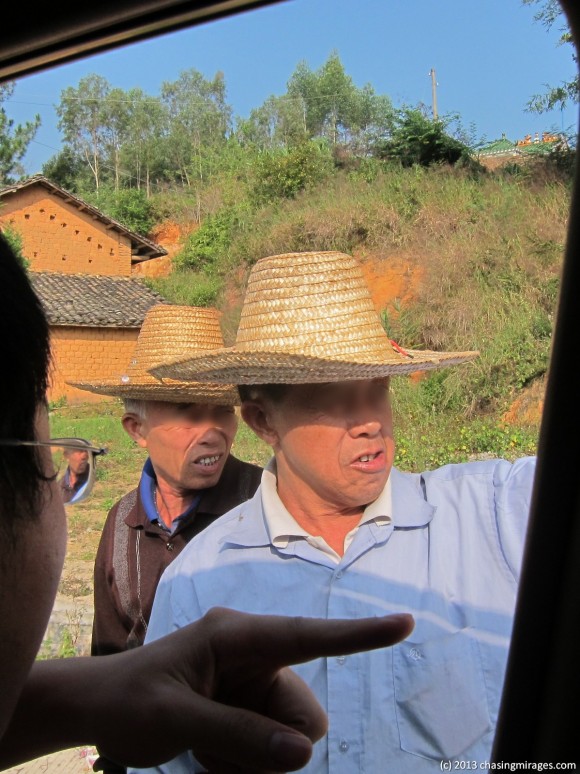Small hydropower, roughly defined as having 300 kilowatts to 30 megawatts of electricity generation capacity, is often lauded as a low environmental impact solution for rural electrification.
In some cases, small hydropower may be useful and sustainable. However, like large hydropower, its deployment must be planned carefully. Small hydropower plants with reservoirs cause the same type of damage dealt by larger plants, including flooding of productive land, fragmentation of river ecosystems, and alteration of natural flows.
In-stream hydropower plants, which don’t require reservoirs, generate electricity by diverting water from the natural stream into sloped pipes that lead to turbines. An important requirement for sustainable operation of in-stream hydropower plants is the maintenance of minimum ecological flow in the natural stream.
The over-deployment and poor planning of small hydropower has irreparably destroyed river ecosystems all over China, and Guangdong Province is no exception.
